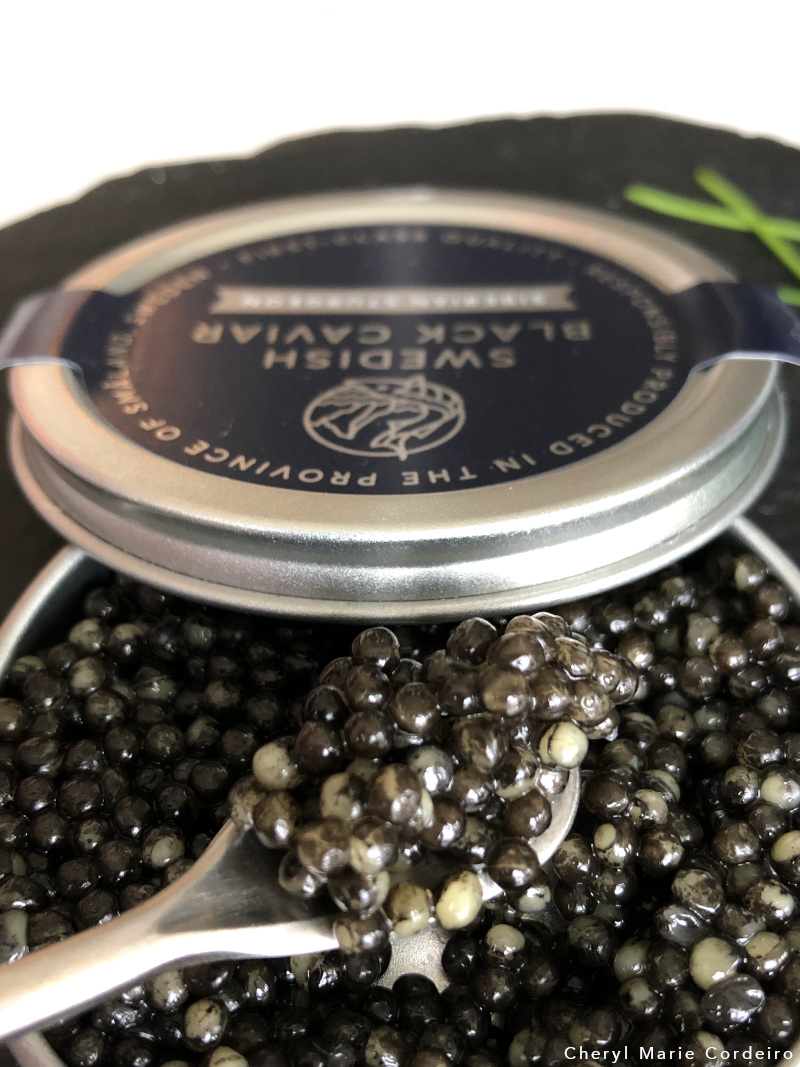Swedish black caviar by Arctic Roe of Scandinavia, AROS, Småland, Sweden. This black caviar comes from the Siberian sturgeon, Acipenser Baerii, in the family Acipenseridae.
Text & Photo © CM Cordeiro & JE Nilsson 2021
A two-hour drive from the city of Gothenburg took us to Strömnäsbruk in the beautiful region of Småland. I was curious to visit AROS (Arctic Roe of Scandinavia), one of two producers in Sweden of sturgeon black caviar.
Strömnäsbruk is one of many small industrial villages that would be all but forgotten today as watermills went out of fashion for powering up workshops and industries if it wasn’t for creative entrepreneurs. In this case, the robust building of a former paper mill has been repurposed towards rearing Siberian sturgeons in a humane and ecologically sustainable manner. The product is black caviar or the black gold of the Caspian sea, that has all but driven wild sturgeons to extinction.
Ancient fish, ancient delicacy
In December 2019, the Swedish business magazine Dagens Industi announced enthusiastically in bold headlines that at a price per kilo at about 20 000 SEK, the black caviar from Strömsnäsbruk was the most expensive Swedish made food product of today.
Looking at history, sturgeon roe was recorded by the Greek scholar and philosopher Aristotle already in the 4th century B.C. as a delicacy served at banquets. It was known in the 9th century in Persia, for its medicinal and healing properties. The modern word “caviar” even comes from the Persian word “khav-yar” meaning “cake of strength”.
There are many species within the sturgeon family. The sterlet was particularly prized in Russia and Eurasia for its savoury golden roe, its excellent flesh and other useful bi-products. The sterlet is the smallest of the sturgeons and is actually producing the best caviar, while the beluga is more famous for the large size if its eggs.
Sturgeons are native to large rivers in Eurasia that flow into the various regional seas including the Black Sea and the Caspian Sea. This fish that lives in the sea and migrate into fresh water to spawn is now mostly gone from their original environment due to over-fishing, and the degradation of its natural habitats.
So, while thinking about the idea of growing sturgeons for their roe, keeping them alive and healthy, it is worth remembering that wild sturgeons are a critically endangered species. Eight of their species have now gone extinct.
We were led to the third floor of AROS. After careful hygienic procedures before entering the premises, we got to understand that the health and safety of the fish are of utmost importance.
Peering into the large water basins at AROS, we came eye to eye with some majestic looking creatures. The fish are muscular, and have distinctive visual characteristics. The bodies of the fish are sleek, elongated and their skin is smooth. The largest of them, the beluga (Huso huso), can grow up to 18ft and weigh at 2000 kg. At glance appearance, they resemble another living fossil, the shark, also having millions of years of history on the planet.
Sturgeons are long living fish. Living to over one hundred years old, they also mature slowly. The fish reach sexual maturity at 20 years or later. This combination of slow growth and slow reproductive rates make sturgeon roe a rare, and highly valued product.
About twenty years ago, Caspian Sea sturgeon populations decreased dramatically, which led to the necessity of an ecological agreement to ban wild sturgeon fishing. Still, poaching of wild sturgeon for their roe and meat continue, occurring in the market of four countries in Eurasia [1, 2].
Of the about twenty-seven living species of sturgeons, AROS has the license to farm five varieties. Looking at the ambitions of AROS, I felt that the company has several ecological sustainability goals that include:
Supplying responsibly produced luxury food
The global caviar market is expected to grow at a compound annual growth rate of 8.7%. Global market size was estimated at 300.4 million USD in 2019. This is expected to reach 496.3 billion USD by 2025. Current methods of global caviar production are not all environmentally accountable nor sustainable. Sweden ranked global 8 in the Environmental Performance Index, and has one of the world’s most stringent environmental regulations. To produce a highly valued and exclusive product in compliance with Swedish environmental regulations is a difficult but interesting challenge.
Prioritizing the well-being of farmed animals for food
Traditionally, sturgeon roe is harvested from the animal by slaughter. At AROS, no incisions are made in the fish, and no insertion of metal tubes are used to determine if the roe is ready to be harvested. Instead, ultra-sound is used to determine when the fish are ready to spawn. The fish are then carefully transferred to a zimnik or a nursery tank with low water temperatures. In the wild, when sturgeons are ready to spawn, they migrate to rivers and lakes that are colder, losing their body fat along the way. This process is imitated by keeping the fish in the zimnik for over a month. Keeping them in a nursery tank simulates the fish losing body fat when swimming upstream to their natural spawning environments. The bellies of the fish are massaged to release the roe from the fish, in a process that takes minutes so that the fish are not unnecessarily stressed. The sturgeons are placed back into their tanks to rest, where they and the quality of the water in the tank are constantly monitored for optimal well-being of the fish.
Supporting ecosystem goods and services
The environmentally sustainable production methods, and the humane treatment of the sturgeons support regional marine conservation efforts. By producing Swedish black caviar, AROS is also participating in the growing economy of short food supply networks with regenerative farm practices that have positive ecological footprints.
Pioneering future luxury foods
The caviar produced by Siberian sturgeons, range in colour from a translucent and pearlescent light grey to dark charcoal. This caviar has a rich buttery flavour, with hint of fresh, salty seaweed overtones. It is best eaten and savoured as is, possibly with a glass of champagne, or dry white wine.
Swedish black caviar by AROS is redefining luxury foods. An exclusive product that is both beautifully and humanely produced is the future’s true luxury.
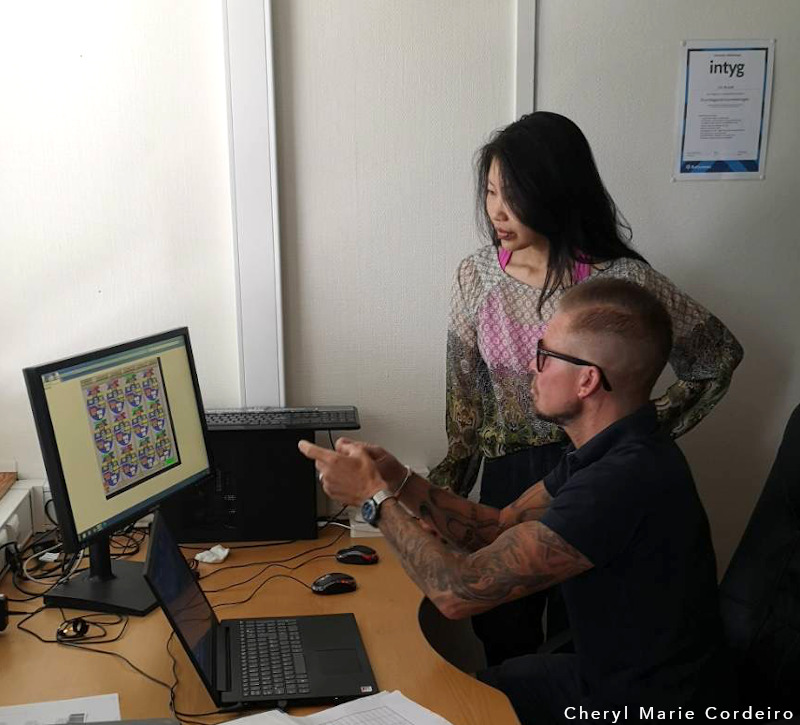
With Ola Brandt, Site Manager at AROS, Arctic Roe of Scandinavia, Småland, Sweden.
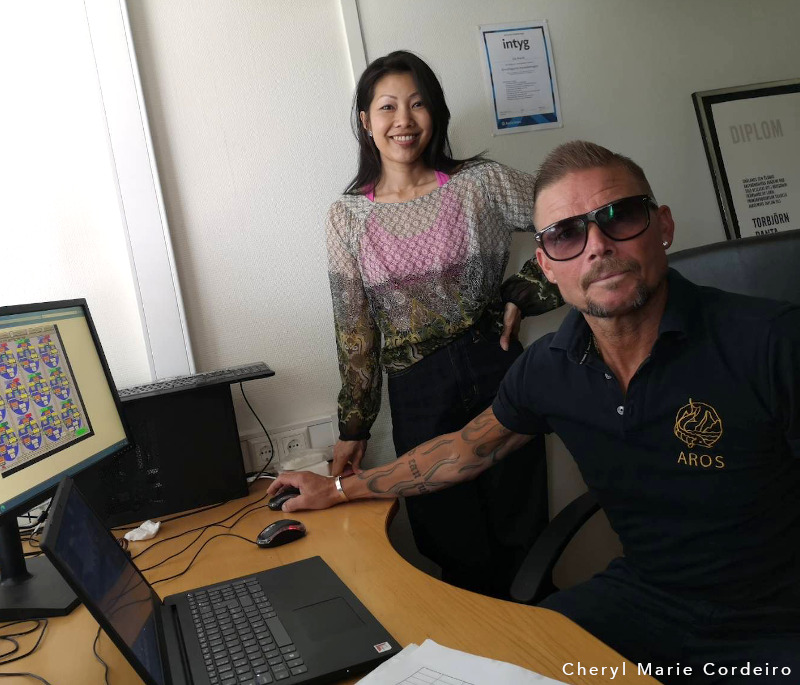
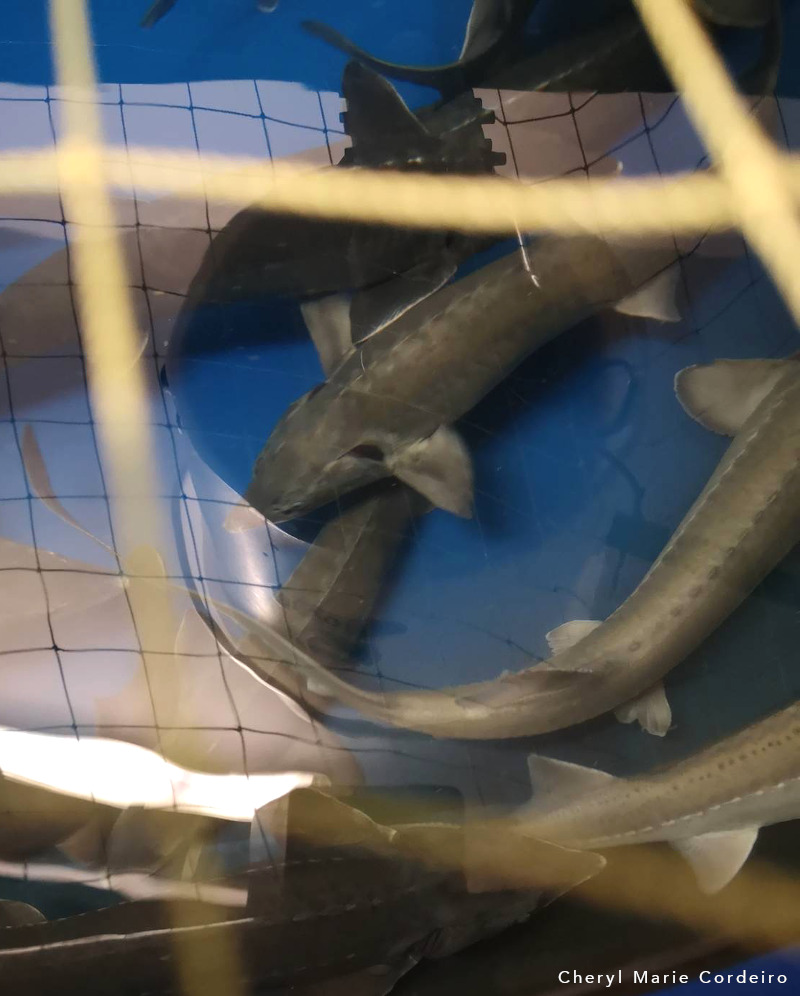
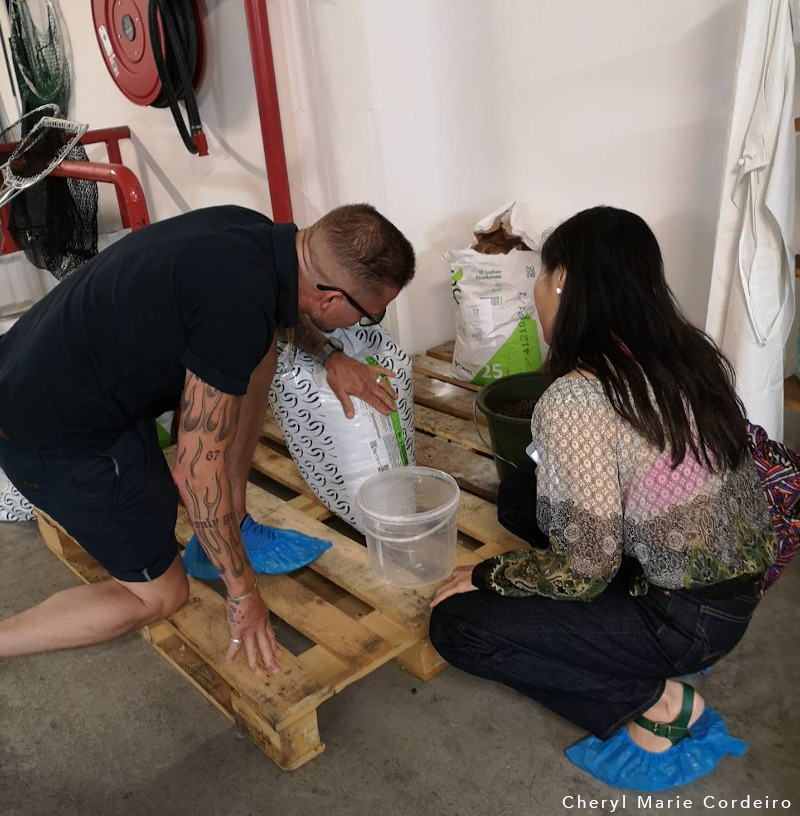
Discussing fish feed. There are no cutting corners with the quality of the feed for these Siberian sturgeons. Only the best feed on the market available is used at AROS.
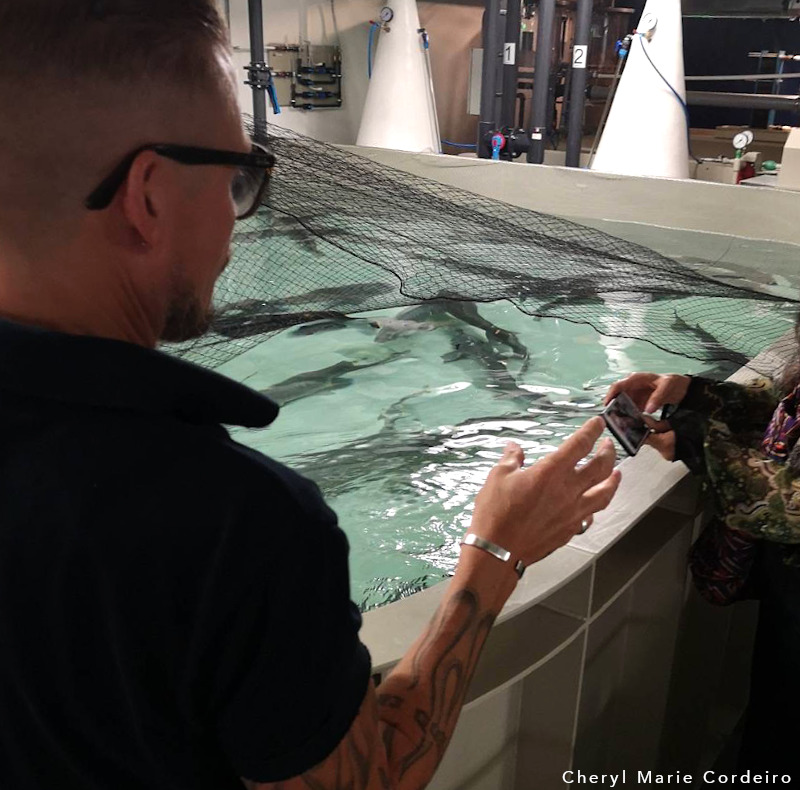
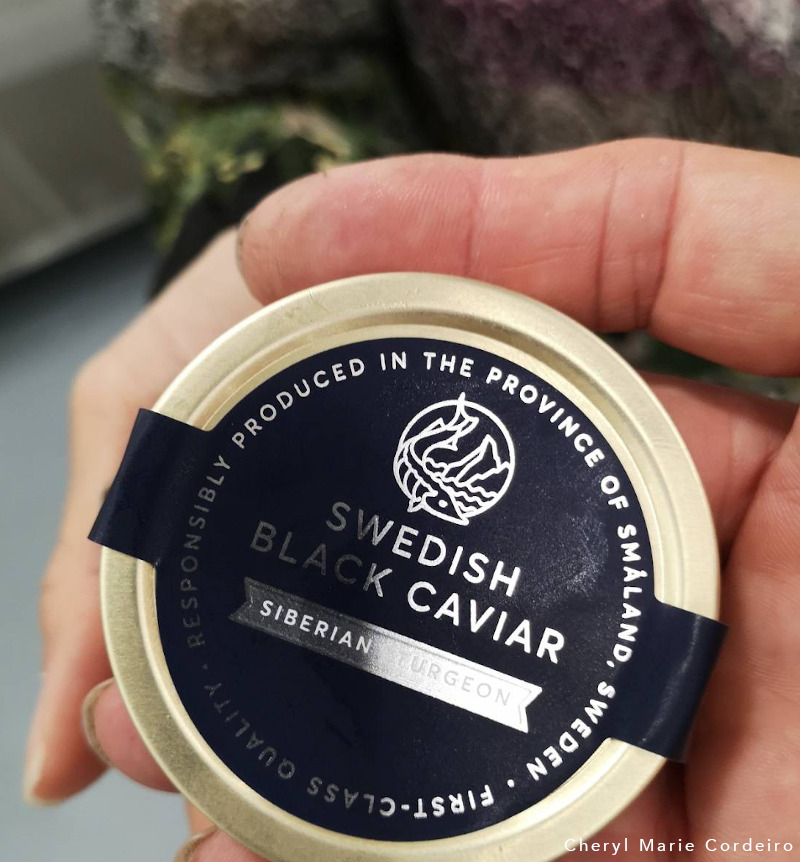
At 20,000 SEK per kilo price, this is currently Sweden’s most exclusive, and expensive product on the market [3].
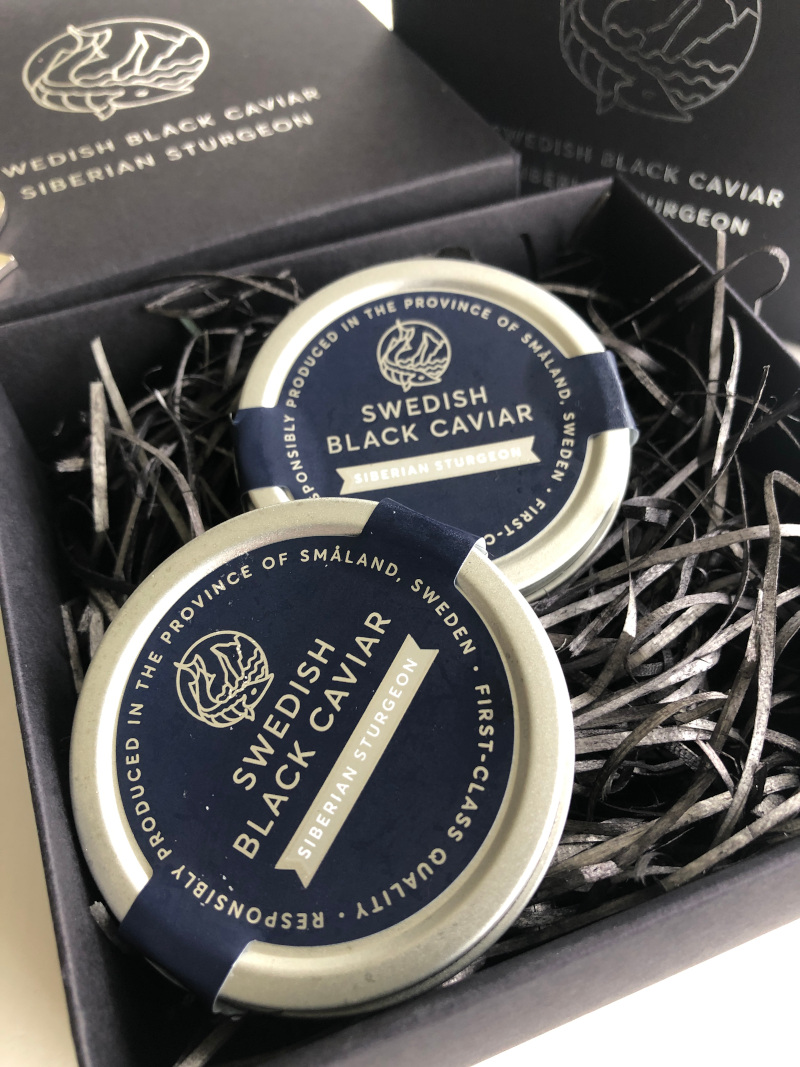
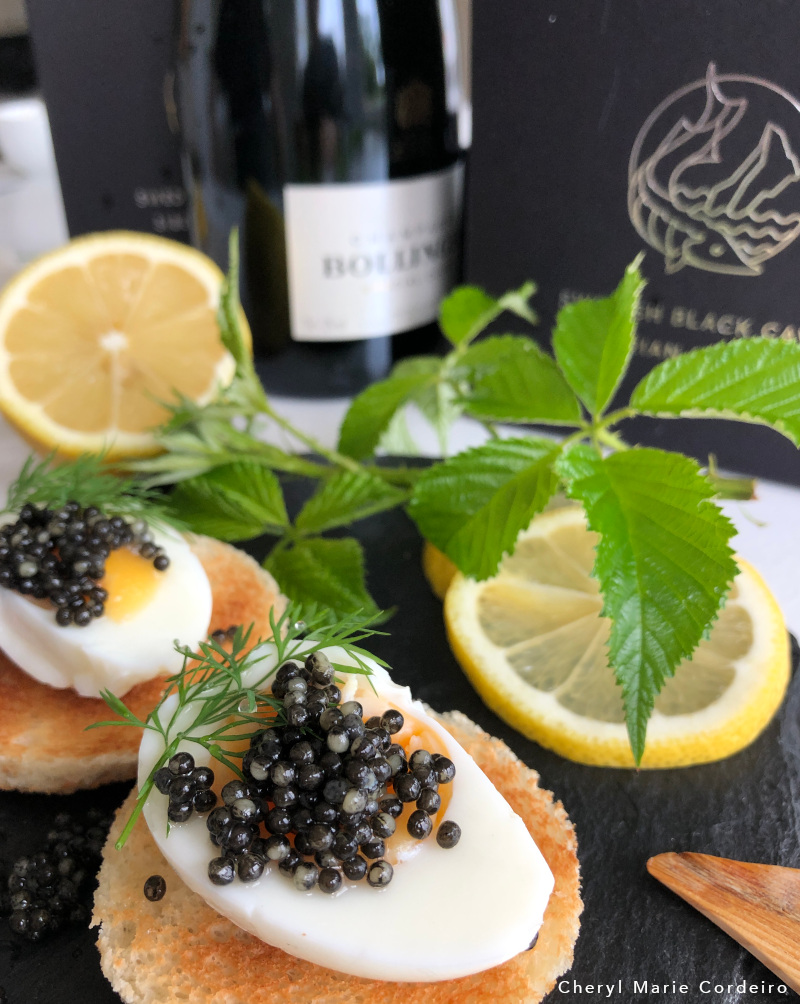
Swedish black caviar is most delicious as is. We also tried it plated in traditional Swedish egg halves style, over plain white toasted bread. We have never had a more decadent boiled egg half over plain white toast as this.
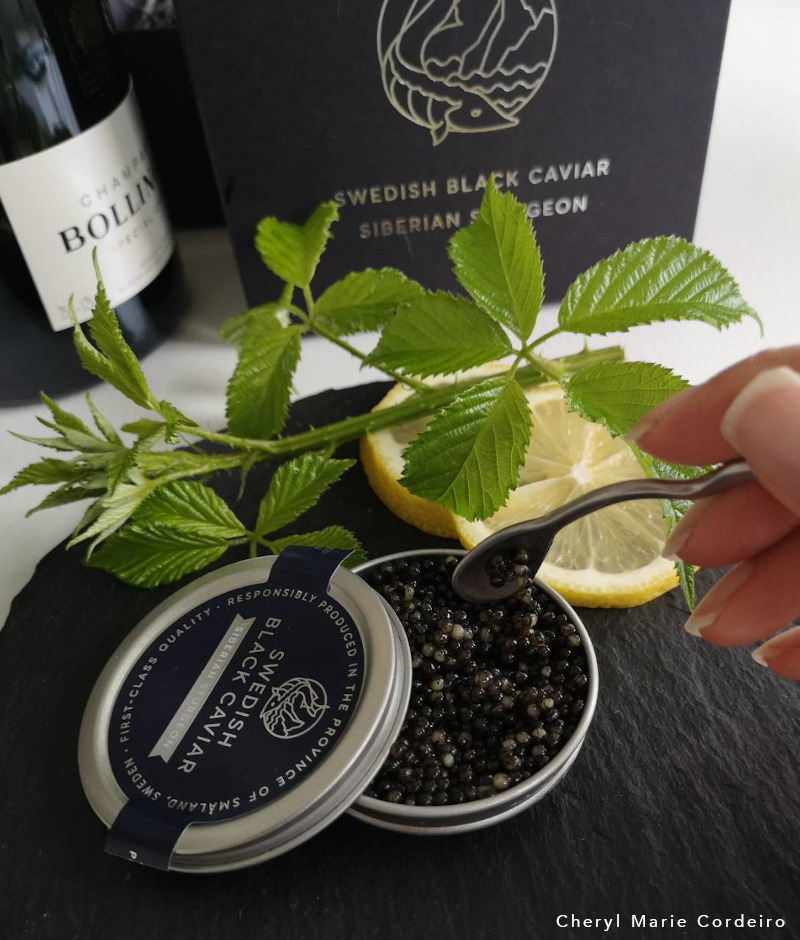
Reference
[1] EC (2020), Sustainable protection of lower Danube sturgeons by preventing and counteracting poaching and illegal wildlife trade, LIFE15 GIE/AT/001004 | LIFE FOR DANUBE STURGEONS. Internet resource at shorturl.at/jkrK3. Accessed 10 July 2021.
[2] Stupachenko, I. (2021). Report claims one-fifth of caviar and meat sold in key markets illegal, SeafoodSource. Internet resource at shorturl.at/kuNR8. Accessed 10 July 2021.
[3] Hellner, A. S. (2019). Rysk delikatess på svenska – för 20.000 kronor kilot, Dagens Industri. Internet resource at https://www.di.se/nyheter/rysk-delikatess-pa-svenska-for-20-000-kronor-kilot/. Accessed 10 July 2021.
